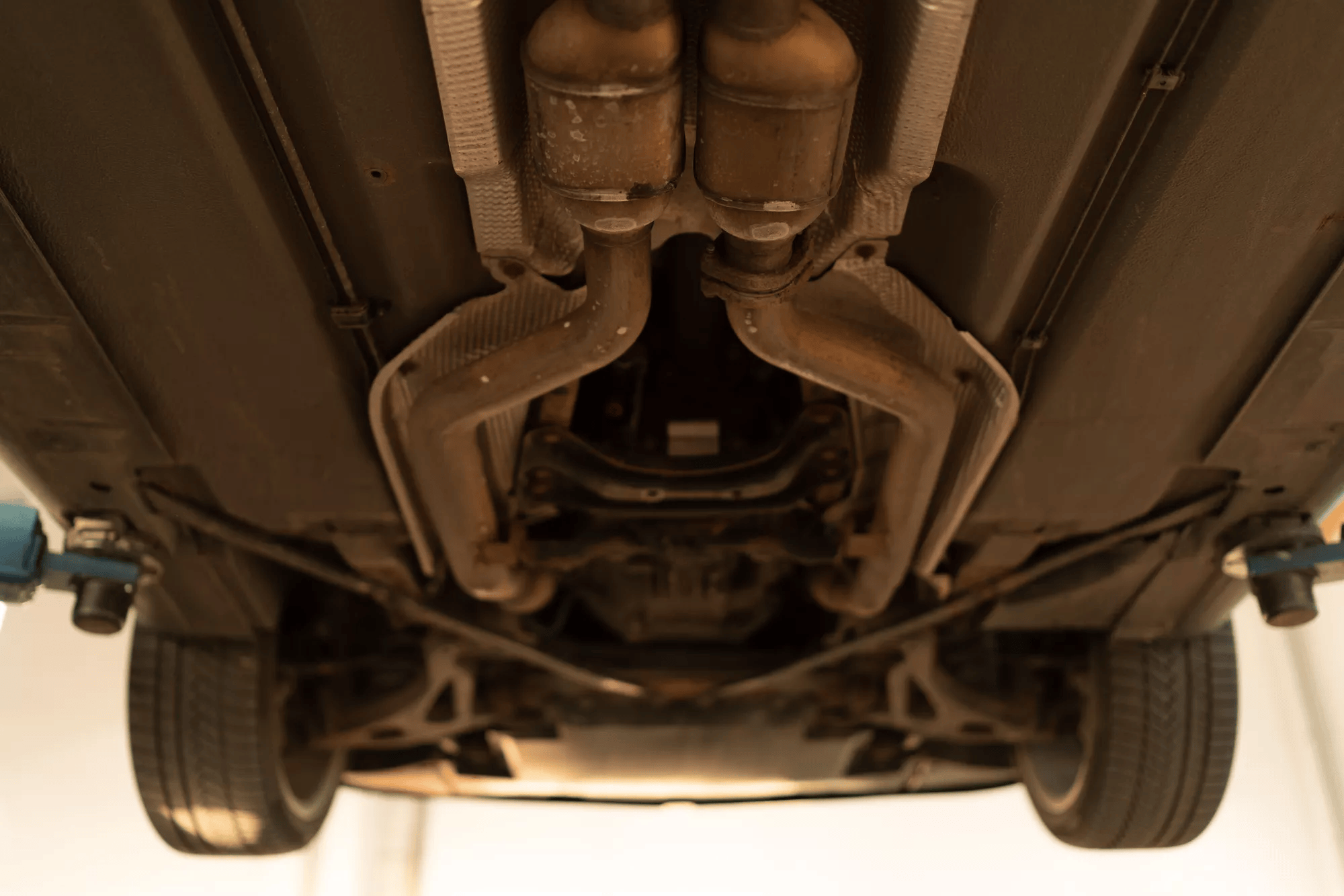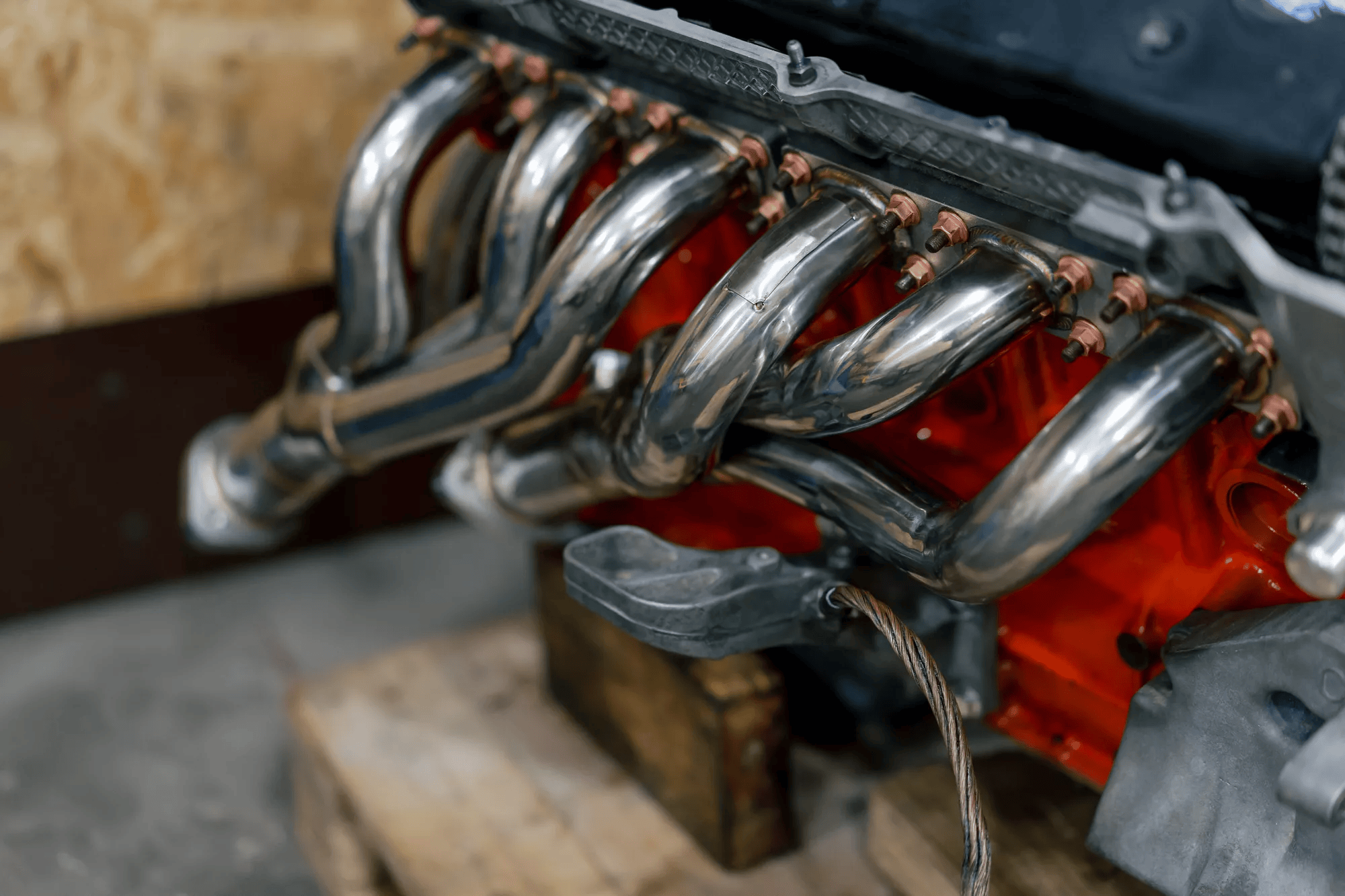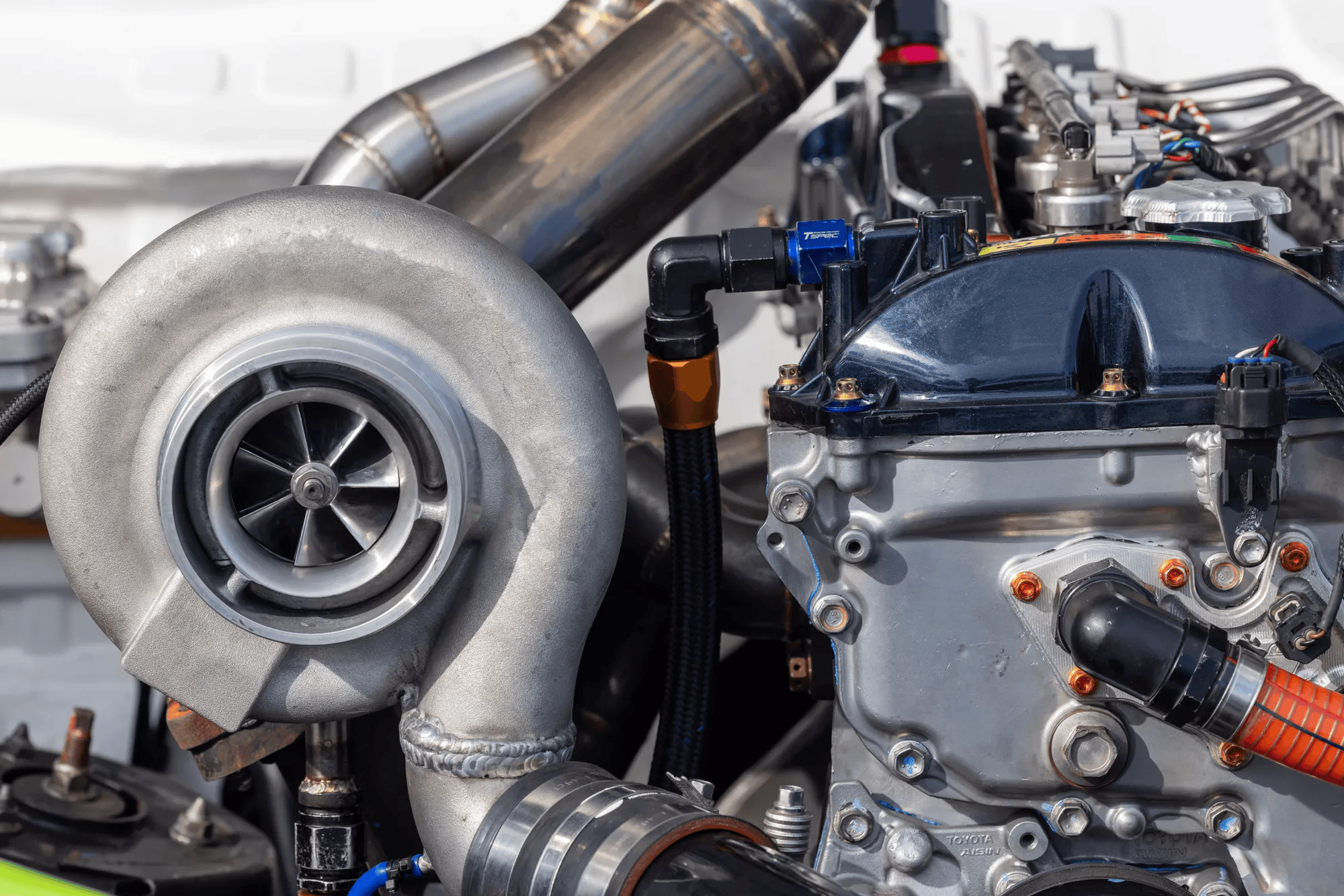How to Upgrade Exhaust System Components for More Horsepower and Torque
When it comes to performance upgrades, few modifications offer as much bang for your buck as an exhaust system upgrade. Whether you're aiming for more horsepower, quicker throttle response, or that aggressive growl, upgrading your exhaust system is one of the most effective ways to boost your vehicle’s performance.
In this guide, we’ll break down exactly how an upgraded exhaust system increases horsepower and torque, explore the various upgrade options available, and help you choose the right system for your driving goals. Let’s dive into how airflow, efficiency, and tuning all come together to unlock your engine’s true potential.
What an Exhaust System Does and Why It Matters
Your vehicle’s exhaust system plays a critical role in managing the flow of gases produced during combustion. Its primary functions include:
Channeling exhaust gases away from the engine and out of the vehicle
Reducing harmful emissions through catalytic converters
Minimizing noise via mufflers and resonators
Maintaining engine performance by regulating backpressure
But beyond emissions and noise control, your exhaust system directly influences how efficiently your engine can "breathe." A restrictive or poorly designed exhaust system can choke performance by trapping exhaust gases, increasing backpressure, and limiting airflow. This is where an exhaust system upgrade comes in.
How an Upgraded Exhaust System Boosts Horsepower and Torque
When you upgrade your exhaust system, you're improving how quickly and efficiently spent gases exit the combustion chamber. This allows fresh air and fuel to enter faster, leading to better combustion and more power. Key performance benefits of an exhaust system upgrade include:
Reduced backpressure, allowing the engine to push out exhaust gases more freely
Improved exhaust scavenging, which helps draw in more air/fuel on the intake stroke
Enhanced airflow, increasing combustion efficiency and output
Better thermal management, helping the engine run cooler and more efficiently
The result? Increased horsepower, improved torque, and a noticeable boost in overall drivability and throttle response.
Types of Exhaust System Upgrades and Their Benefits
There are several components within an exhaust system that can be individually or collectively upgraded, each offering unique performance improvements. Choosing the right combination depends on your engine type, driving habits, and overall performance goals.
1. Cat-Back Exhaust Systems
A cat-back exhaust system replaces everything from the catalytic converter to the muffler and tailpipe.
Benefits:
Improves airflow and reduces restrictions after the catalytic converter
Typically adds 5–15 horsepower depending on the vehicle
Offers a deeper, more aggressive exhaust note
Easy to install and emissions-compliant in most states
Cat-back systems are ideal for drivers looking for mild to moderate performance gains without touching emissions-critical components.
2. Headers
Headers replace the exhaust manifold and are designed to optimize exhaust gas flow from each cylinder.
Benefits:
Reduces exhaust backpressure at the engine’s exhaust ports
Enhances low-end torque and high-RPM horsepower
Available in short-tube (for street use) and long-tube (for track-focused builds)
Headers are a critical part of any serious exhaust system upgrade, especially if you're building a naturally aspirated performance engine.
3. Downpipes
In turbocharged vehicles, the downpipe connects the turbocharger to the rest of the exhaust system.
Benefits:
Reduces turbo spool time and increases boost efficiency
Adds significant horsepower (often 10–25 hp) when paired with proper tuning
Available as catted (with a high-flow catalytic converter) or catless for maximum flow
A performance downpipe is one of the most impactful upgrades for turbocharged engines.
4. High-Flow Catalytic Converters
A high-flow catalytic converter offers better exhaust flow than the stock version while still reducing emissions.
Benefits:
Maintains emissions compliance while enhancing performance
Improves flow in restrictive factory systems
Often needed when upgrading headers or downpipes to avoid check engine lights
These are a great middle ground for those who want performance without sacrificing street legality.
Choosing the Right Exhaust System Upgrade for Your Vehicle
Not all upgrades fit all goals. When choosing an upgraded exhaust system, consider:
Vehicle type: A turbocharged vehicle benefits most from a downpipe, while a naturally aspirated engine may benefit more from headers.
Driving style: Daily drivers may prefer cat-back systems for moderate performance and sound, while track cars may need full header/downpipe combos.
Budget: Full exhaust overhauls cost more but offer the most gains. Bolt-on options like axle-backs and cat-backs offer noticeable improvements at lower costs.
Legal considerations: Emissions laws vary by state. Choose high-flow cats or CARB-certified systems to stay compliant in California and other regulated areas.
A consultation with performance experts—like those at Speedhaus Automotive—can help tailor the right upgrade for your goals.
Tuning: The Secret to Maximizing Results
Installing an upgraded exhaust system is only part of the equation. Tuning your ECU (Engine Control Unit) after an upgrade helps recalibrate air/fuel ratios, ignition timing, and boost levels (if applicable).
Why tuning matters:
Maximizes horsepower and torque gains
Prevents check engine lights from modifications
Ensures long-term reliability and performance
Speedhaus Automotive offers tuning support for all major ECU platforms, helping you extract the full potential of your exhaust system upgrade.
What About Emissions and Legal Compliance?
Many drivers worry that upgrading their exhaust system will make their car illegal to drive. Here’s what you need to know:
Cat-back systems are usually emissions-legal since they don’t alter the catalytic converter
High-flow cats can be CARB-certified for use in California
Headers and downpipes may affect emissions depending on whether they remove or relocate the catalytic converter
Check your local laws, and when in doubt, consult with a professional installer like Speedhaus to ensure your build stays street-legal.
Common Myths About Exhaust Upgrades
Let’s debunk a few common misconceptions:
“Louder exhaust = more power”
Not always. Sound does not directly equal performance. True gains come from optimizing flow and reducing restrictions, not just removing mufflers.
“Bigger pipes always mean better performance”
Oversized pipes can reduce backpressure too much, leading to power loss at low RPMs. Pipe diameter must match engine displacement and tuning.
“All exhaust mods void your warranty”
Not necessarily. Many upgrades are safe and legal. However, it's important to choose parts carefully and keep documentation.
Looking to Upgrade Your Exhaust System? Contact Speedhaus Automotive in Newbury Park
An upgraded exhaust system can significantly boost your vehicle’s horsepower, torque, and overall driving enjoyment—but only when installed correctly and tailored to your car’s specific needs. Whether you're chasing track times or just want a more responsive daily driver, Speedhaus Automotive is here to help. We specialize in repairing and maintaining all types of European vehicles.
Contact us here at Speedhaus Automotive in Newbury Park today for expert recommendations, performance tuning, and professional installation. Our team specializes in building high-performance vehicles with precision and care, ensuring your exhaust system upgrade delivers real results—without the guesswork.
FAQs
-
The exact horsepower gain depends on your vehicle and the type of upgrade. Most cat-back systems provide a 5–15 hp increase, while headers or downpipes with tuning can add 10–30 hp or more on some engines.
-
A cat-back system replaces the exhaust from the catalytic converter back and primarily enhances sound and moderate performance. Headers replace the exhaust manifold and directly reduce engine-side backpressure, making them more effective for significant power gains—especially in naturally aspirated engines.
-
Tuning isn’t always required, but it’s highly recommended to maximize performance, improve drivability, and prevent engine codes—especially if you've installed headers or a downpipe. Tuning adjusts your ECU to account for changes in airflow and backpressure.
-
The optimal size depends on your engine's displacement, aspiration (NA or turbocharged), and power goals. Too small restricts flow; too large reduces exhaust velocity—most street performance cars do well with 2.25–3.0 inch systems.
-
Yes—partial upgrades like a cat-back system or performance muffler can still offer noticeable performance and sound improvements. Full-system upgrades provide the most power but aren't always necessary for casual enthusiasts or daily drivers.





